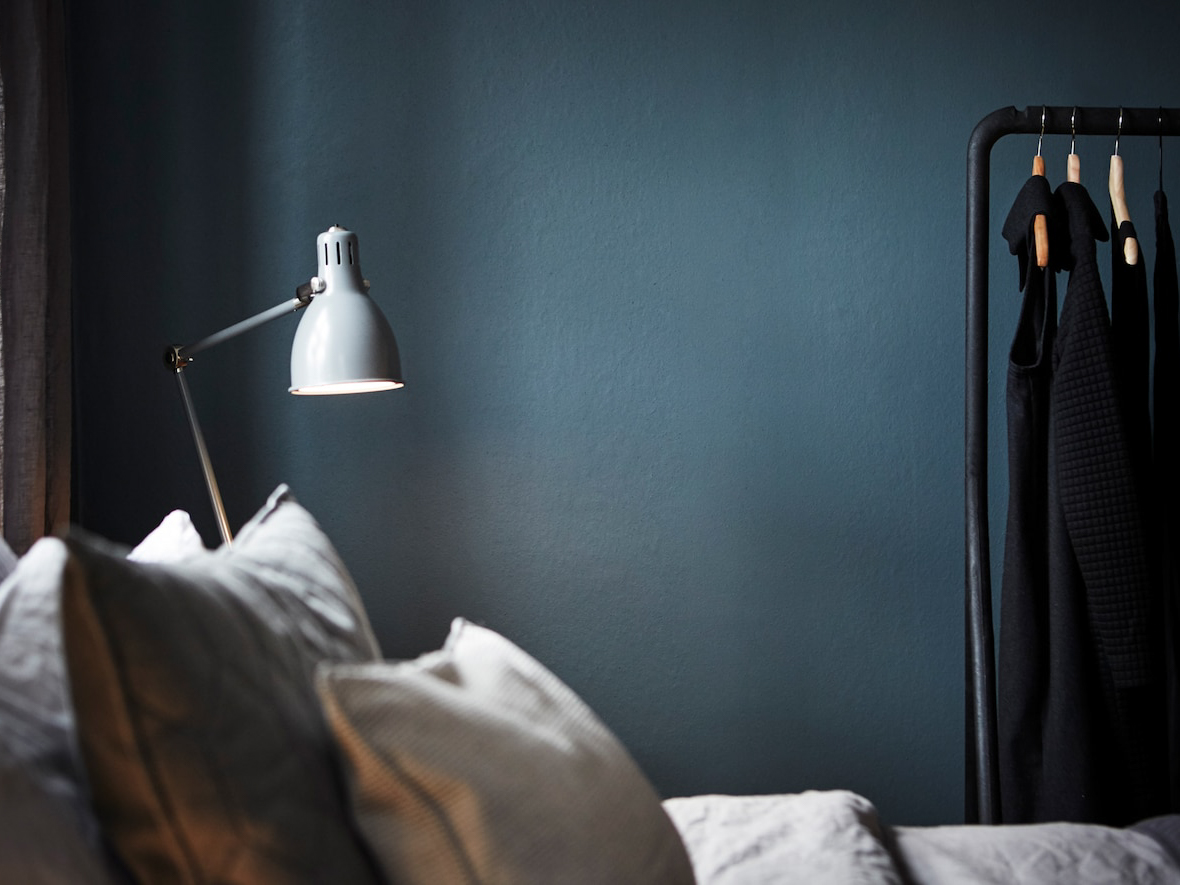Introduction
In a world where perfection is often deemed as the ultimate goal, the Japanese aesthetic concept of Wabi Sabi stands out for its celebration of the imperfect and impermanent. It emphasizes the beauty of simplicity, asymmetry, and authenticity, and encourages us to find beauty in the natural cycle of growth, decay, and aging. Wabi Sabi can be applied to various aspects of life, including interior design. And today, we will focus on Wabi Sabi walls – how they come into being and how they can add character and charm to any space.
What are Wabi Sabi Walls?
In essence, Wabi Sabi walls are walls that show their age, wear and tear, and history. They may have cracks, bumps, stains, texture, or variations in color, and they may not be perfectly even or smooth. Instead of trying to cover up or hide these imperfections, Wabi Sabi walls embrace them and transform them into features that create visual interest and depth.
To achieve Wabi Sabi walls, several methods can be used, including:
- Leave the walls bare and unfinished, exposing the natural material and texture beneath
- Use natural materials with inherent irregularity and rawness, such as adobe, plaster, or stone
- Use techniques such as shou sugi ban (charred wood) or honed plaster to create a rich, textured surface
- Apply a layer of paint or pigment and then use techniques such as sanding, scraping, or waxing to create a weathered, faded look.
When done well, Wabi Sabi walls can evoke a sense of warmth, comfort, and authenticity, creating a unique atmosphere that reflects the spirit of Wabi Sabi.
The Philosophy behind Wabi Sabi Walls
At the heart of Wabi Sabi is an appreciation of the beauty of impermanence and imperfection. It acknowledges that nothing lasts forever, and everything is constantly changing and evolving. Therefore, it encourages us to embrace the imperfect and find beauty in the ordinary.
Wabi Sabi walls are not about creating a flawless, polished look but about celebrating the natural beauty of the material and the history of the space. They remind us that every scratch, every crack, and every stain tells a story and adds character to the space. They invite us to slow down, observe, and appreciate the present moment and the beauty that exists in the impermanent.
Where to Use Wabi Sabi Walls
Wabi Sabi walls can be used in any room, but they work particularly well in spaces where relaxation and contemplation are encouraged. For example:
- A bedroom, where muted colors and natural textures can create a soothing and serene atmosphere
- A living room, where Wabi Sabi walls can add drama and depth to a space, creating a sense of lived-in warmth and authenticity
- A bathroom, where raw, organic materials such as stone or unfinished wood can create a spa-like feel.
Wabi Sabi walls are also ideal for creating a backdrop for artwork, furniture, or decorative objects, adding a layer of depth and interest to the space.
References:
– Leonard Koren, Wabi-Sabi for Artists, Designers, Poets & Philosophers, Stone Bridge Press, 2008
– Robyn Griggs Lawrence, The Wabi-Sabi House, Random House, 2004
– Maggie Overby, Wabi Sabi: The Japanese Art of Impermanence, Housely, April 2020



